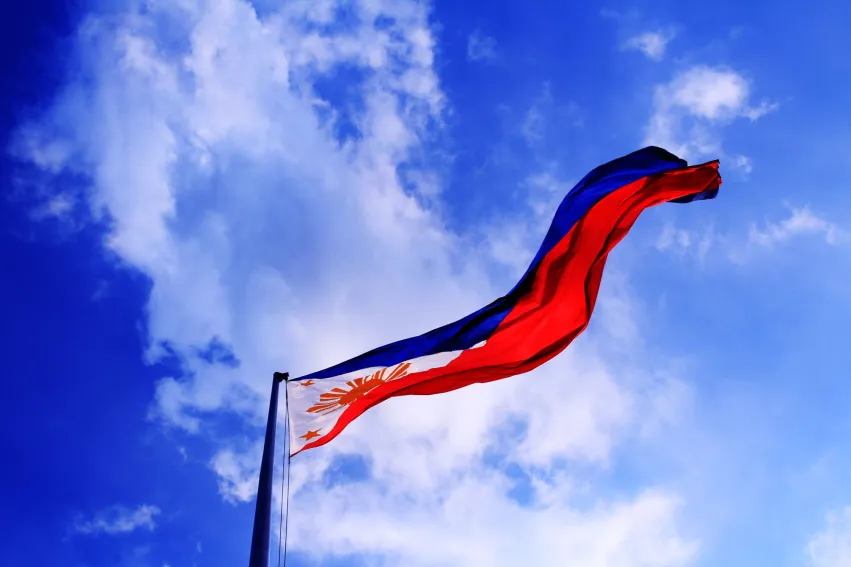
Philippine banks' credit losses to rise threefold in 2020
Credit costs in select banks have already increased by up to 4.9%.
Philippine banks’ credit losses are projected to rise by $1.98b (Php100b) in 2020, according to a report by S&P Global Ratings. This is equivalent to 1.3% of the banking sector’s loans, or almost three times higher than the metric average of 0.45% from 2015-2019.
S&P noted that Philippine banks have increased provisioning to prepare for a possible threefold rise in credit losses, amidst sharply slower domestic economy. The lenders revealed a large increase in provisions in their first quarter results, in anticipation of higher nonperforming loans (NPLs) in the coming quarters.
This is despite the central bank allowing the lenders to stagger COVID-19-related credit losses over five years. Affected loans can also be excluded from reported NPL ratio until December 2021.
Banks are currently feeling the strain. Bank of the Philippine Islands' (BPI) reported credit costs increased to 1.2% of gross loans in Q1, compared with 0.4% for 2019. Similarly, Metropolitan Bank & Trust Co. (Metrobank) declared annualised credit costs of 1.4% compared with only about 0.7% for 2019. Security Bank’s credit costs skyrocketed to 4.9% on an annualised basis, compared with 0.9% for 2019. The bank has higher-than-industry exposure to consumer and midsize enterprise loans.
In a more positive note, the banks saw good trading gains in the first quarter amidst falling interest rates, which partially offset the high provisioning effect. However, this still resulted in a decline of about 20 basis points (bp) on average in reported return on assets.
Things are likely to turn bleaker in the coming months, as the lockdown on the main Philippine island of Luzon started in mid-March—meaning the effects of the outbreak on the banking sector's asset quality will only be apparent in the coming quarters.
"The quarter ending March 2020 was largely business as usual for the banking sector," noted S&P Global Ratings credit analyst Nikita Anand.
The better performing large and midsize commercial banks will likely continue to set aside increased provisions in the coming quarters, when profits permit, according to S&P.
In contrast, weaker and smaller financial institutions are more likely to utilise regulatory forbearance and relaxed loan classifications.
Given market conditions, S&P expects low-single-digit credit growth, rising NPLs and credit costs, and declining profitability to prevail in 2020. This is on the back of expectations that the Philippine economy will contract by 0.2% in 2020.
Investment and consumption will also be severely affected due to containment measures, especially on Luzon, which accounts for 70% of the national economy. Consumers and businesses will likely be hit by the weak economy, rising unemployment, and declining remittances from overseas Philippine workers due to the economic fallout of COVID-19.
Meanwhile, there could be some pick-up in credit demand from the corporate sector as they draw down on bank lines to maintain liquidity.
“In our base case, we believe this decline is cyclical and that the Philippines' structural growth story is intact. We assume there will be a flattish U-shaped recovery with 9% growth in 2021. Government stimulus packages and central bank actions—rate cuts and reductions in the reserve requirement—will cushion the blow to affected sectors,” the report read.
Meanwhile, local banks' asset quality will largely depend on the performance of the corporate sector, which forms 82% of banks' loan books.
“Large conglomerates with their strong business profiles, diversified revenue streams and solid liquidity buffers will likely come through the challenging operating conditions intact. Micro, small, and midsize enterprises (7% of the banking sector's books) and leveraged corporates may face challenges,” the report added.
Banks' exposure to highly affected sectors, such as hotels and catering (2% of bank lending), wholesale and retail trade (12%), transportation (3%) and manufacturing (10%), are particularly at risk.
Retail loans, which form 18% of the banking sector's books, could see higher defaults in credit cards (3.5%) and unsecured personal loans (1.5%). As the number of unemployed rises, secured retail loans such as mortgages and auto loans will see some stress.
Current year profits for the banking sector will also be dented due to muted growth, squeezed margins, and higher credit costs. The banks are expected to use a combination of cost of fund controls and operating expense management to offset some of the effect of higher provisions, according to S&P.
Despite the gloomy horizon, Philippine banks are expected to weather the storm, as they boast good financial buffers and are entering the slowdown from a position of strength. “The banking sector's good capital position and higher provisioning will likely help them manage the rising risks in the operating environment,” concluded S&P.
Photo courtesy of Pexels.com




![Lorem Ipsum [ABF 1]](https://cmg-qa.s3.ap-southeast-1.amazonaws.com/s3fs-public/styles/exclusive_featured_article/public/2025-03/a_hand_pointing_to_a_futuristic_technology_5b87c9d0e3_1.png.webp?itok=2w0y1WhS)


![Cross Domain [Manu + SBR + ABF + ABR + FMCG + HBR + ]](https://cmg-qa.s3.ap-southeast-1.amazonaws.com/s3fs-public/styles/exclusive_featured_article/public/2025-01/earth-3537401_1920_4.jpg.webp?itok=WaRpTJwE)







 Advertise
Advertise

